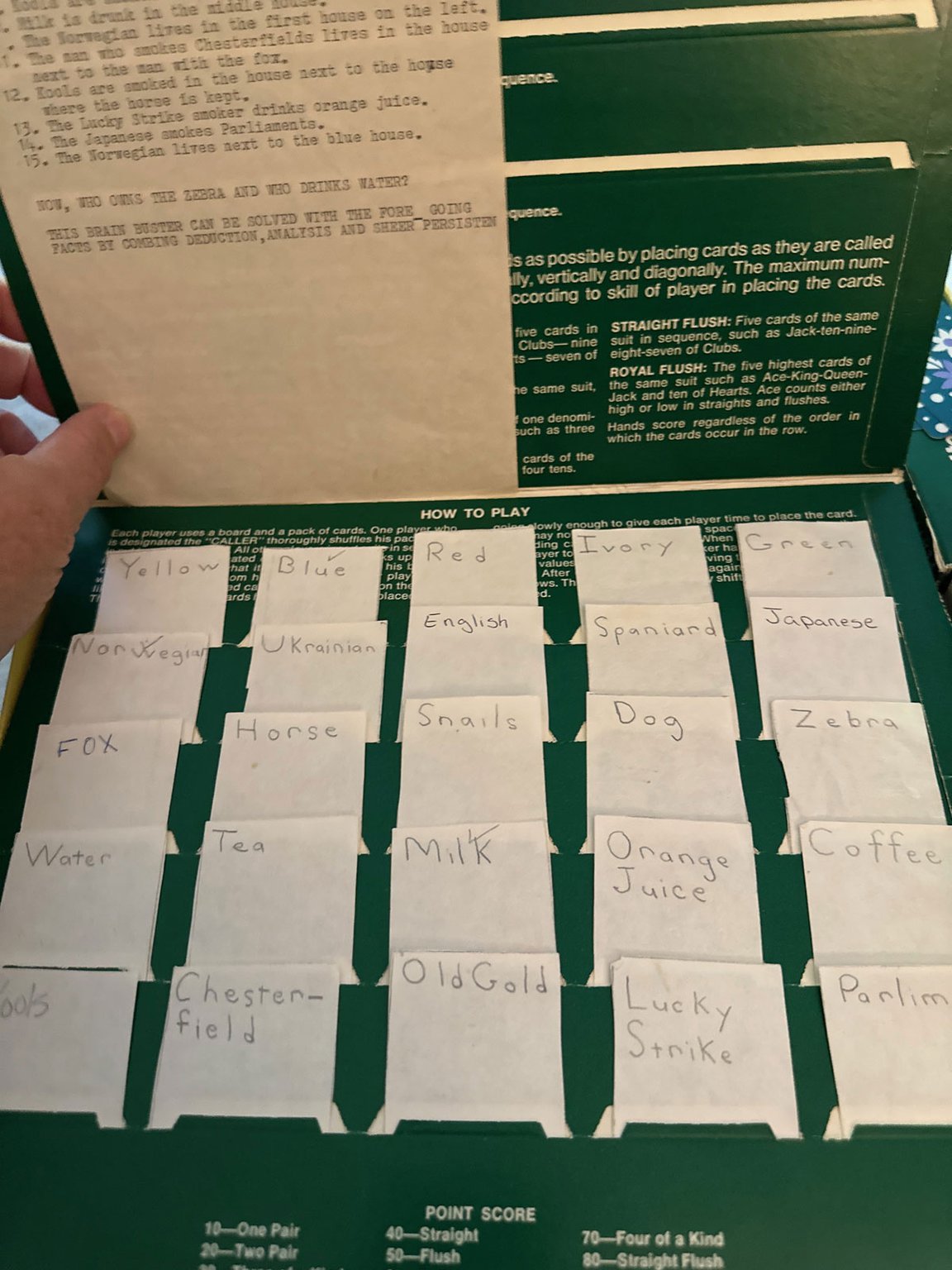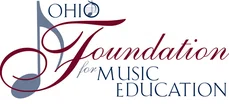©2023 Ohio Music Education Association



2024 OMEA PROFESSIONAL DEVELOPMENT CONFERENCE
“Who Owns the Zebra?”
“Who Owns the Zebra?”
OR “HOW TO SCHEDULE THE OMEA PDC”
Mark Hensler
My father always enjoyed word puzzles – especially those in the “Reader’s Digest”. One of his favorites was, “Who Owns the Zebra?”. Here is the puzzle as it appeared in the magazine:
There are five houses, each of a different color and inhabited by men of different nationalities, with different pets, drinks, and brands of cigarettes. The Clues:
- The Englishman lives in the red house.
- The Spaniard owns the dog.
- Coffee is drunk in the green house.
- The Ukrainian drinks tea.
- The green house is immediately to the right (your right) of the ivory house.
- The Old Gold smoker owns snails.
- Kools are smoked in the yellow house.
- Milk is drunk in the middle house.
- The Norwegian lives in the first house on the left.
- The man who smokes Chesterfields lives in the house next to the man who owns the fox.
- Kools are smoked in the house next to the house where the horse is kept.
- The Lucky Strike smoker drinks orange juice.
- The Japanese smokes Parliaments.
- The Norwegian lives next to the blue house.

Little did I know that this puzzle was required training for scheduling the PDC as the OMEA Director of Professional Development! Through the years I have migrated from a giant “schedule on the wall”, post-it notes, labels, etc. to a large excel spreadsheet, (see photo 2). If I were to create an OMEA version of the puzzle it might look something like this:
- This clinician can only present on Friday and goes in the biggest room.
- This clinician must fly in on Wednesday and present before noon on Thursday.
- This clinician must present three sessions to be sponsored by an industry partner.
- This ensemble needs a harpsichord and a theremin.
- This session uses a demo ensemble and cannot have sessions in adjacent rooms.
- Two ensembles from the same school need to perform on different days.
- Two ensembles from the same school need to perform on the same day.
- This director is presenting a session and performing with a community ensemble.
- This clinician needs a complete set of Orff instruments, 15 Ukuleles and 2 truck tires.
- This clinician goes in the room with a 9-foot grand piano, (decided not to use it).
- This ensemble needs a Hammond B3 Organ with a Leslie speaker, (for one selection that was later cut from the performance).
- This ensemble has 15 students in All-State – please avoid conflicts.
- This clinician is also guest conducting an ensemble, (usually find this out in January).
- This session needs an overhead projector and a reel-to-reel tape player.
SHARE ARTICLE:



